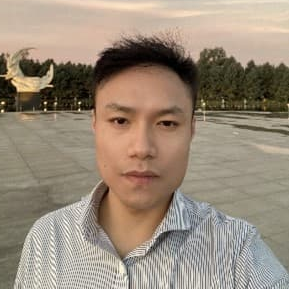Advanced Polymeric Fiber Materials: Electrospinning, Chemical Synthesis, and Molecular Self Assembly
A special issue of Polymers (ISSN 2073-4360). This special issue belongs to the section "Polymer Chemistry".
Deadline for manuscript submissions: closed (25 October 2023) | Viewed by 13505
Special Issue Editor
Interests: electrospinning; nanoporous polymers; molecular self-assembly; drug delivery; antibacterial
Special Issues, Collections and Topics in MDPI journals
Special Issue Information
Dear Colleagues,
Polymer fiber is a one-dimensional soft material, exhibiting unique physicochemical properties and characteristics, such as high surface-to-mass ratio, high porosity with excellent pore interconnectivity, flexibility with reasonable mechanical strength, and ease of interacting with other organic and inorganic materials. Technologies on polymer fibers have largely influenced the field of materials science and engineering to create new types of material platforms in a wide range of applications. To date, the technologies on fiber formations with functional polymers, structural and morphological controls, and functionality incorporation using physical blending or chemical reactions have enabled tremendous and rapid advances in various fields in biomedical, energy, environmental, and electronic engineering by accompanying fundamental and applied experimental and theoretical studies. All these achievements should be explored and merged for the next-generation materials toward ideal target properties.
This Special Issue aims to publish research works, reviews, and communications related to the various advanced technologies for generating polymeric fiber materials, which focus on – but are not restricted to the (i) various methods such as electrospinning, chemical synthesis, and molecular self-assembly methods for generating polymeric fibers; (ii) polymeric fibers for environmental, energy, biological, and optical applications; (iii) other polymer fiber-related nanocomposites and devices.
Dr. Wenliang Song
Guest Editor
Manuscript Submission Information
Manuscripts should be submitted online at www.mdpi.com by registering and logging in to this website. Once you are registered, click here to go to the submission form. Manuscripts can be submitted until the deadline. All submissions that pass pre-check are peer-reviewed. Accepted papers will be published continuously in the journal (as soon as accepted) and will be listed together on the special issue website. Research articles, review articles as well as short communications are invited. For planned papers, a title and short abstract (about 100 words) can be sent to the Editorial Office for announcement on this website.
Submitted manuscripts should not have been published previously, nor be under consideration for publication elsewhere (except conference proceedings papers). All manuscripts are thoroughly refereed through a single-blind peer-review process. A guide for authors and other relevant information for submission of manuscripts is available on the Instructions for Authors page. Polymers is an international peer-reviewed open access semimonthly journal published by MDPI.
Please visit the Instructions for Authors page before submitting a manuscript. The Article Processing Charge (APC) for publication in this open access journal is 2700 CHF (Swiss Francs). Submitted papers should be well formatted and use good English. Authors may use MDPI's English editing service prior to publication or during author revisions.
Keywords
- electrospinning
- fiber materials
- self-assembly
- polymer fiber-related nanocomposites and devices
- chemical synthesis






